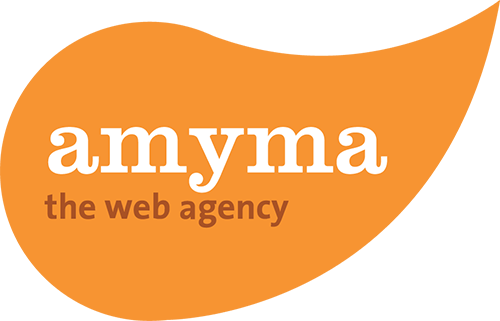The time when users bought, installed and managed software just as a CD with a licence is a long way behind us. Many applications run in the Cloud, are managed externally and are paid for on a monthly or quarterly basis. This shift was caused by two major trends:
- Companies using software increasingly want to pull back to their core competencies and assign IT development, management and support to a third-party company.
- The desire of software producers to be able to finance larger and more risky investments in IT over a longer period of time.
The modern IT environment of a company consists largely of several platforms, each with their own specific software. In many places there are combinations of complex ERP (enterprise resource planning) and business logic in large data centres. Office automation takes place on PCs and laptops, and smaller applications can be found on mobile devices. Creative forms of financing have been developed for each of these situations, which we will explain briefly here.
Traditional Licensing
The user purchases a licence to use the software. It installs, maintains and manages the software completely independently. The licence type usually determines the price. The licence is often associated with a number of users, and is sometimes also provided with a stated usage period. The user usually has no right to upgrade to a new version of the software.
Sometimes, certain maintenance work is included in the purchase price. Such maintenance could, for example, be a help desk and support for installation or usage errors.
Software Leasing
An alternative model to avoid the often large investment risk in the software taken by the provider is software leasing. Some large companies offer their customers the opportunity to spread their IT investments with financial leasing contracts. Installation and management of software and data are performed on-site with the customer. This ensures the control, security and availability of the data.
The best known examples are solutions from Oracle Financing or SAP Financing (in collaboration with Siemens Financial Services).
Software as a Service (SaaS)
SaaS is understood to be software that is offered as an online service. The user need not buy the software, but instead buys a subscription to use the software per user and month. The supplier reserves the right of ownership of the software, providing the installation, maintenance and management. The software can usually be used with a standard Web browser. The user only needs a computer with internet access.
This subscription model offers many advantages for the entrepreneur. The software is ready and running in an optimised and scalable infrastructure. The provider also offers maintenance services such as regular backups and release management. These benefits are very clearly defined in so-called service level agreements (SLAs) that can be agreed in each case with a clear price per month.
Of course there are also disadvantages to the SaaS model. For example, you always need a stable Internet connection, which any business has, but do not forget the staff working on the road or at home. In addition, the company often assigns the data management to the SaaS provider. Thus, the company has less control over the security and availability of data. It is very important to reach a suitable agreement with the provider regarding this. What do you do if the provider goes bankrupt, for example?
The provider who introduced SaaS in the professional field is customer relationship management (CRM) software developer salesforce.com. The company had the idea to offer software over the Internet as early as 1999. Thirteen years later, salesforce.com has grown into an international provider of Cloud computing solutions with over 2 million users.
In the meantime, there are now many examples which are well suited for small and medium-sized enterprises in other areas. For project management, there is Basecamp HQ. Microsoft, previously a constant example of traditional licensing, provides office and ERP software via SaaS. And Oracle and SAP, in search of new software subscription models, now offer the option to purchase ERP and business intelligence solutions via SaaS.
Freemium
With the advent of mobile applications and "apps" on smartphones, new subscription models are constantly being developed. The Freemium model is primarily known for smartphone apps. Here, the basic application is freely available. An extra payment is required for advanced features. Sometimes, more complex versions of the app are also available for a fee. A variation on this concept is in-app sales, where the app itself is freely available but an upgrade must be purchased for specific functions or enhanced features.
With a freely available basic application, the provider hopes that many users try the product and then later purchase add-ons at an extra cost. Mobile apps are the best known example, but business software now often has a free “light” version, which can be expanded for a small (or larger) fee.
Examples in the smartphone sector are well-known games like Angry Birds and Flight Control. In the PC sector, we know the photo-sharing service Flickr, and the web service Dropbox for synchronising files. The popular social media platform LinkedIn offers recruiters extensive additional functions for a fee.





